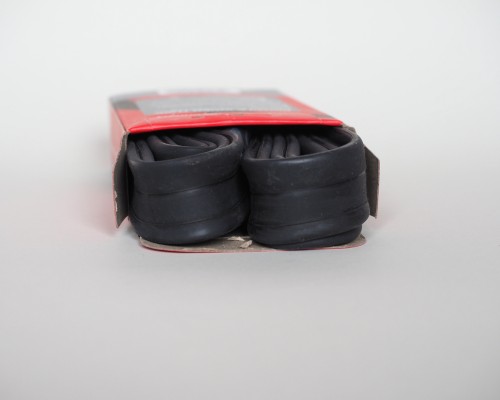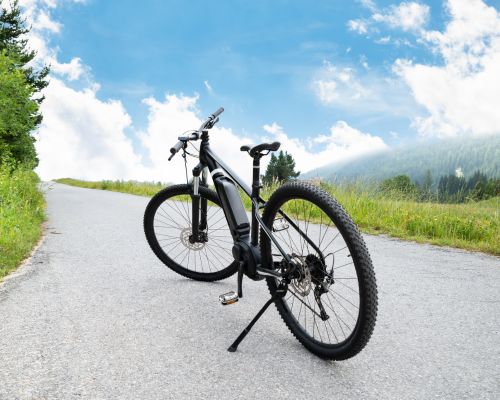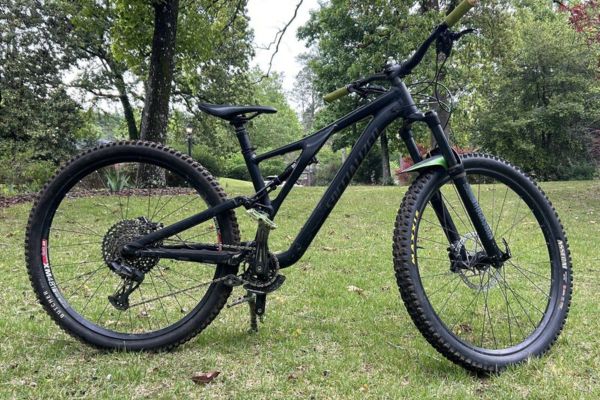How do you Know when to Change Mountain Bike Tires?
Every bike rider wants to ensure they use their bike until the tire is about to be torn, but how can they be sure?
These days, the average cost of a good MTB tire is $50 to $90, so making the most of it is imperative. However, that doesn’t mean you should wait to let them wear out before changing them.
By paying attention to your tires regularly, you can pinpoint the ideal time for a replacement. This smart practice saves you money by avoiding premature replacements and shields you from the dangers of unexpected tire blowouts and injuries.
What are these practices? What do we need to know? Don’t worry; we’re here to enlighten you, so let’s learn more about it.
How do you Know when to Change Mountain Bike Tires?
Here are some indications to check on your MTB tire that helps you decide to change your tire.
Checkout for Wear and Tear
To determine when to change your mountain bike tires, pay attention to the following wear and tear conditions:
1. Tread Wear: Check the tread pattern and look for significant smoothing or shallow tread depth. Worn-out tread reduces traction, making it harder to maintain control, especially on slippery surfaces.
2. Damage: Inspect for cuts, gashes, or punctures on the tire surface. Small cuts may be repairable, but larger or multiple cuts indicate replacement. Damaged tires are more prone to sudden blowouts.

3. Sidewall Condition: Examine the sides of your tires for cracks, bulges, or excessive wear. These issues compromise tire stability and impact resistance, requiring new tires.
4. Age: Consider the age of your tires. Even if they look fine, rubber compounds deteriorate over time, particularly in extreme temperatures or sunlight. Replace tires every three to five years to ensure safety.
By regularly checking these factors, you can determine when to replace your mountain bike tires. Prioritizing tire maintenance enhances your riding experience and keeps you safe on the trails.
Flattening of Knobs
Knobs on a mountain bike refer to the raised patterns on the tire’s tread that provide traction and grip on various terrains, such as dirt, mud, or rocks. These knobs enhance control, stability, and maneuverability while riding off-road.
When assessing the condition of your mountain bike tires, pay attention to the wear of the center and edge knobs. The center knobs are crucial for climbing and braking traction, while the edge knobs provide essential cornering traction. If the knobs have worn down to a mere 1-2mm or if multiple knobs are torn off or cut, it’s a clear indication that it’s time to invest in new tires.
Losing Traction
Keep a close eye on the performance of your bike. Notice if it’s becoming less stable in corners or the grip seems more compromised. If you experience slipping and sliding where you once felt secure, it’s likely a sign you need fresh tires. Remember that certain mountain bike tires may lose traction when tread wear reaches 10-15%.
Trust your instincts and prioritize safety by replacing worn-out rubber to maintain optimal control and confidence on the trails.
Bumps on Tire Layers
Mountain bike tires are constructed with multiple layers of rubber, including a casing beneath the tread surface, and often feature additional sidewall protection. However, if you notice a bump or blister on your tire, it indicates the peeling of the rubber layers. This compromises the tire’s integrity and requires immediate replacement.
To visually understand this, refer to the accompanying photo that depicts an example of a bulge caused by delamination. Safeguard your riding experience by promptly addressing such issues and ensuring your tires maintain their structural strength and performance on the trails.
Miles Travelled
One of the key indicators for knowing when to change mountain bike tires is the number of miles traveled. Over time, as you accumulate mileage on your bike, the tires experience wear and tear, gradually reducing performance and safety.
While mountain bike tires last depending on terrain, riding style, and tire quality, a general guideline is to consider replacement between 3,000 and 5,000 miles. However, this is not an absolute rule and should be adjusted based on individual circumstances.
Keep track of your mileage. By monitoring your mileage and comparing it to the recommended thresholds, you can assess when to invest in a fresh set of mountain bike tires.
Cracks in Rubber
Over time, as the tire ages, exposure to sunlight (UV rays) and chemicals in the air can dry out the rubber and develop cracks. Once these cracks appear, it’s a clear sign that the tire needs to be replaced. You may notice cracks along the tire knob edges or on the sidewalls. It’s important to address these cracks promptly to ensure safety and maintain optimal performance while riding your mountain bike.
Tires Getting Punctured Frequently
If you frequently experience punctured tires despite using tubes, it doesn’t necessarily indicate a need for new tires. The primary culprit is likely a sharp object lodged in your wheel. It’s common for thorns, pine needles, or small rocks to become trapped between your inner tube, tire, or wheel. If left unaddressed, these obstructions can cause rapid and recurrent deflation of your inner tubes.
After checking all the factors if you feel the tires need to change then refer to my guide on choosing MTB Tires.
FAQs
How often do Mountain Bike Tires need to be Replaced?
Tires should be changed when the tread wears out or the rubber has aged and deteriorated. Typically, bike tires can last about five years before the rubber becomes too old and develops dry rot and cracks.
Does Mountain Bike Tire have a Wear Indicator?
No wear indicator is molded into mountain bike tires like some road tires. Tires need to be replaced when the knobs wear down.
How many km do MTB Tires last?
The lifespan of mountain bike tires varies between 500 to 2000 miles, depending on factors such as the tire type and the intensity of your riding. Typically, back tires wear out their center knobs more quickly, while front tires experience faster wear on the edge knobs.
Final Thoughts
Recognizing the right time to replace your bike tires can be challenging for many individuals, as certain indicators can be subtle.
Fortunately, now with everything mentioned above, you can access an informative guide that provides essential insights into determining when to replace your mountain bike tires.
So let’s get those tires rolling and have a blast, yo!







